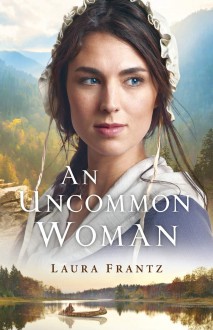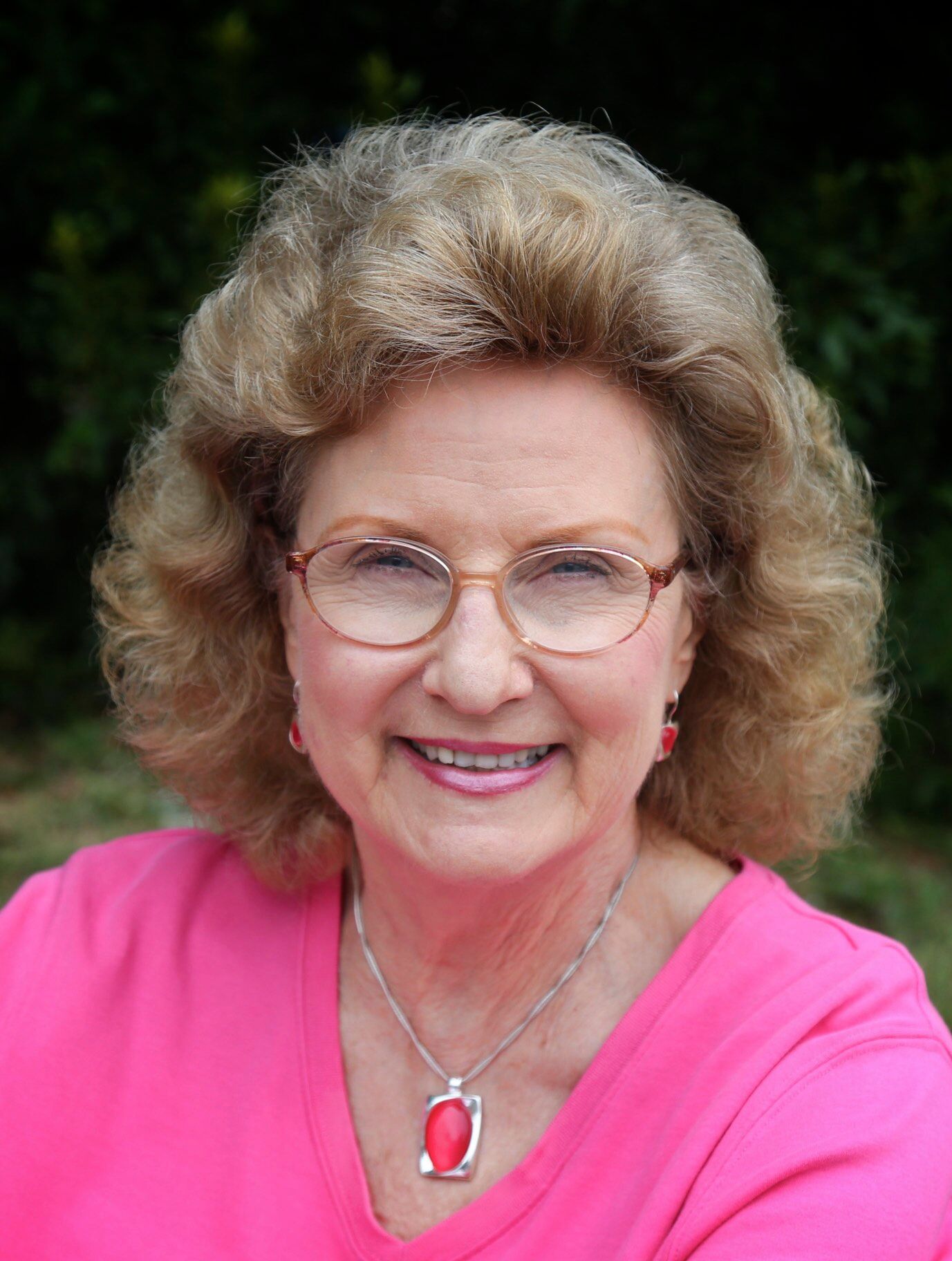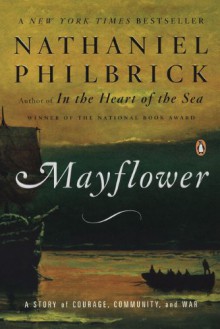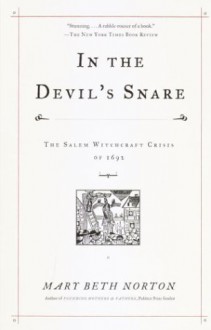
2020 is already shaping up to be a spectacular year for Christian fiction. There are so many exciting new releases scheduled for the months ahead, and those published in this first month of the year have set a high standard. It is such a joy to see favorite authors, as well as debuts, writing books that somehow surpass their previous titles while continuing to explore deep spiritual truths. Last year I read my first Laura Frantz novel, “A Bound Heart”, and was moved by the love and heartache in the story. Because I enjoy early American settings and particularly the Colonial period, I knew that I had to read “An Uncommon Woman.”
Laura Frantz has a unique way of telling a story, not relying on the archetypal pleasurable plotline. Fittingly, such is the case with “An Uncommon Woman.” The narrative maintains a somber tone, yet faith and relationships keep it from becoming lugubrious. While we often do read fiction to escape from the vagaries of life, it also helps us to feel less alone in our own struggles and can instruct us. Frantz does not romanticize life on the western Virginia frontier in 1770 but rather writes of it in its volatile actuality. The tensions between not only the settlers and the Native American tribes but also between the tribes themselves results in living “on the razor’s edge of peril.” For “[h]ere on the savage border, things changed in a heartbeat, a breath. Life was lived in the shadow of lasts.” I was surprised to learn about how vulnerable those living outside a city (“overmountain” in this book) were on a continual basis. Truthfully, this is one of the reasons that I love this book so much; this unflinching approach gives me a renewed respect for the settlers and inspires me by their sheer tenacity.

Conflict with and between the Native Americans is a key element in this story, as is diversity. Colonel Clayton Tygart, kidnapped by Lenape Indians as a boy and a hero of the Seven Years’ War, is “the white Indian, a so-called redeemed savage brought back from the brink of heathenism in the nick of time.” As such, he straddles both worlds, which makes his character all the more intriguing, and the fact that he has heterochromia symbolically underscores his duality. Likewise, Keturah Braam inhabits this mediate position after living half of her life as a captive and must try to reconcile both identities. Two periphery characters who captured my interest are Jude and Maddie, former slaves, because they are respected by the central characters, which is a pleasant surprise given the time period. As for Tessa Swan, I expected her to be the titular character, but I think that it refers more to Keturah, although both are unconventional. Tessa is a fascinating heroine who is accustomed to but weary of life on the frontier because “[a]ll her life had been spent looking over her shoulder. Such unceasing, ingrained guardedness wore a body down.” Nevertheless, she never shirks her duty, and most importantly, she remains steadfast in her faith in God: “She wasn’t fancy, but she had the Bible to bolster her. She would be a woman of strength and honor, however humble.” When trials arise, this faith is the necessary element that sustains her, as it should be ours. As Joshua 1:9 affirms, “Have I not commanded you? Be strong and courageous. Do not be afraid; do not be discouraged, for the LORD your God will be with you wherever you go.”
I received a complimentary copy of this book from Revell and was under no obligation to post a positive review. All opinions are my own.

 Log in with Facebook
Log in with Facebook 

















